And a handy new guidebook tells a lot about them
- Tags:
- Recreation,
- Forest Journal
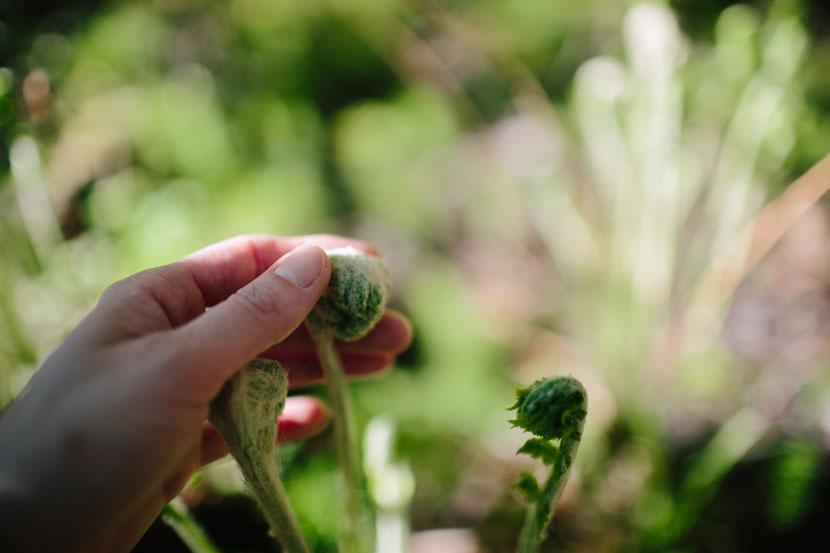
Don’t be shy about fully experiencing ferns and even smelling them. Certain species are endangered in parts of the world, but not in New Hampshire. All photos by Emily Lord/Forest Society.
Are you a fern fan?
I suppose to most, ferns are just those plants that brush up against your calves while walking or hiking. They tickle and often make tick-weary hikers nervous wherever they lean into the trail.
And yet, have you ever brushed your fingers across the ends of a fern? They’re so soft! It’s like they’re reaching out to say, “Hello, stop looking at the trees and notice me!”
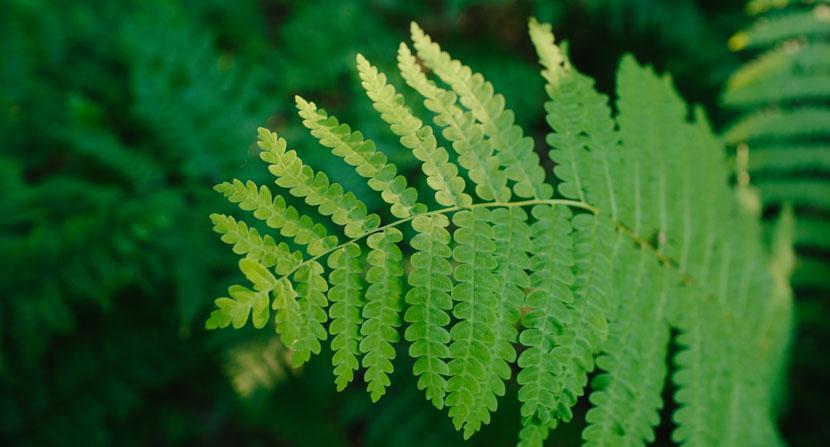
My fascination with ferns came from a few years of taking photos during daily walks in the woods. I especially love it when the early morning sunlight pierces through the trees and finds a gentle frond. I would share photos with other fern fans on Instagram using hashtags like #Fernstagram or #FernsareFriends. (If you have to ask what a hashtag is, I often tell people they are like a fan club, interest group, or topic that anyone can start or join a conversation by using it in their photo caption.)
It wasn’t until Vermont-based forester and naturalist Lynne Levine sent me her new fern identification book that I started to dig deeper into these fascinating plants. Published this year by Heartwood Press, “Identifying Ferns the Easy Way: A Pocket Guide to Common Ferns of the Northeast” is a handy field guide to ferns for beginners, gardeners, and professional nature-people alike.
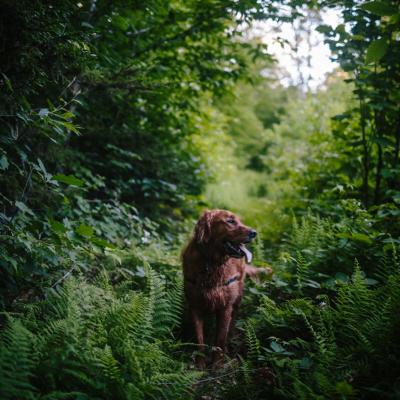
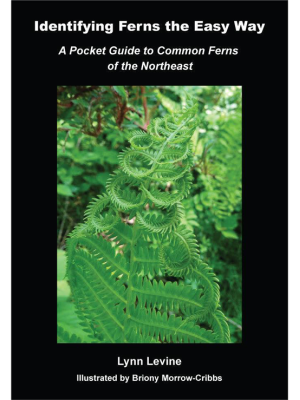
But wait, you think, “I thought this was the Forest Journal, not the Fern Journal. What about all the ferns I bought at my nursery and planted in my backyard?”
In her book, Levine shares that there are an estimated 12,000 species of ferns across the world. The fern in your backyard might be from Japan or Europe. However, our native species in the forest are useful for a lot more than aesthetics.
When professional foresters venture into the woods to study habitats and write management plans, trees are only a portion of what they examine. Levine and other foresters are concerned with how everything grows in the forest. It just so happens that where particular ferns are healthy, specific tree species will also be healthiest there.
On the forest floor, different ferns grow in specific soil types, making them an “eco-indicator.” It means they have specific requirements for moisture, temperature, or nutrients. Bracken fern is a sign of dry, nutrient-poor soils. Maidenhair fern prefers rich, moist soil.
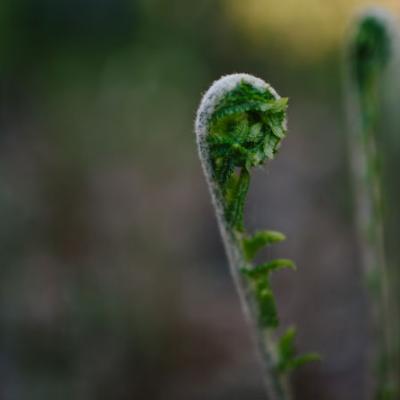
The forest soil affects everything. “When I find a maidenhair fern, my heart skips a beat because it’s the best place to grow trees and wildflowers,” said Levine.
Maidenhair fern is also the only fern unique to the Northeast. Levine’s guide parses ferns into five groups with a simple key to help identify them. The terminology is updated to be easy to understand and boasts 74 pages filled with interesting facts about ferns and tips for identification. The illustrations by Briony Morrow-Cribbs are organized visually to help distinguish ferns based on observations you make about them.

Find your own copy of “Identifying Ferns the Easy Way” for $10.95 (shipping not included) at https://www.heartwoodpress.com/shop.
Now is the time to get out and look. Depending on where you live, ferns are just starting their fiddlehead stage, in the midst of unfurling, or growing tall. Each is stunning in its own right.
One word of caution: If you decide to look for ferns on your next walk or hike, be sure to educate yourself about tick prevention and do a thorough tick check when you’re done. Find tick information and resources at tickfreenh.org.
Emily Lord manages the Society for the Protection of New Hampshire Forests’ online and social media presence. Forest Journal runs every other week in the New Hampshire Sunday News.
